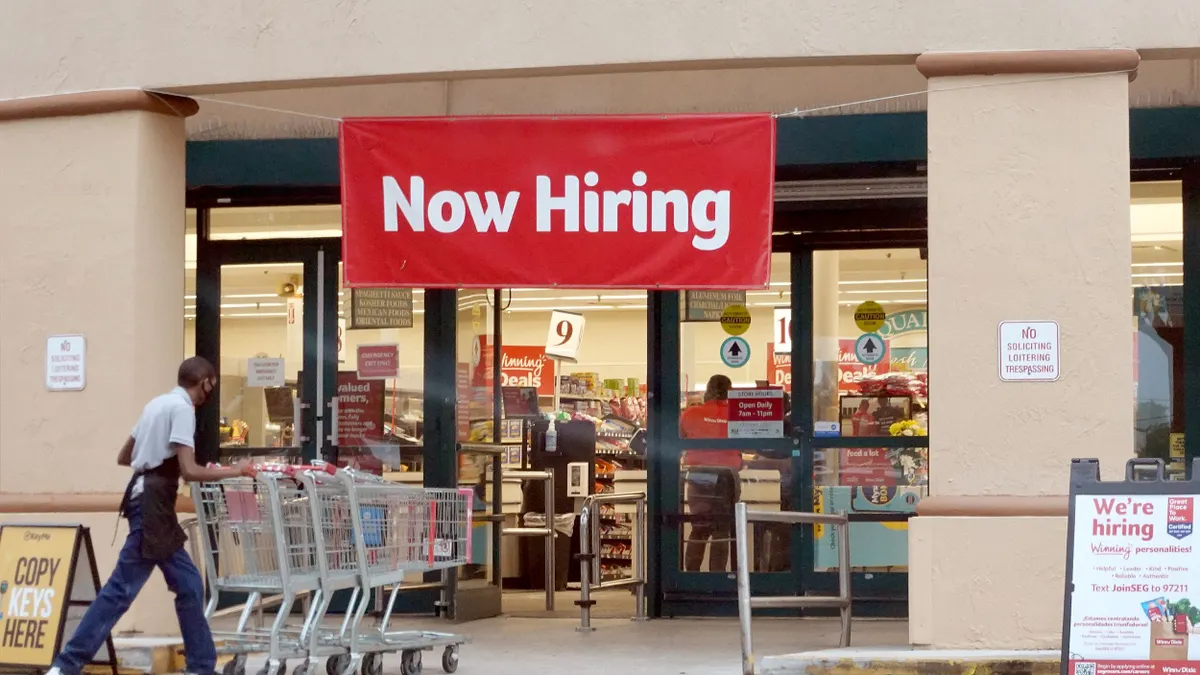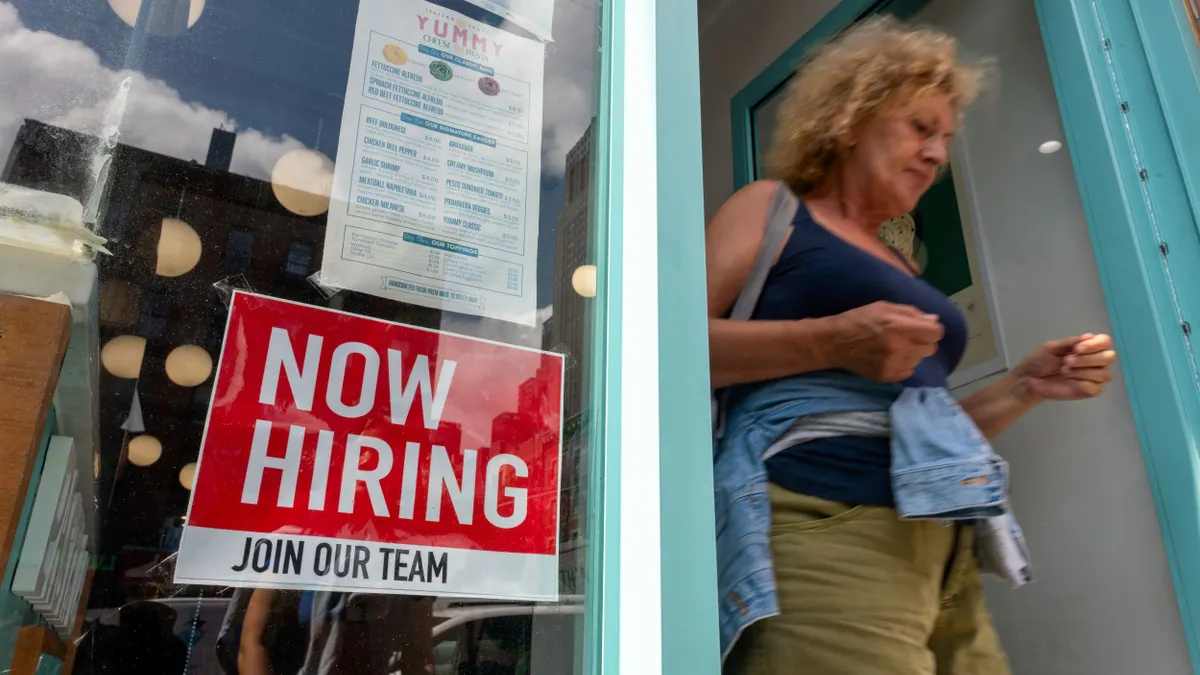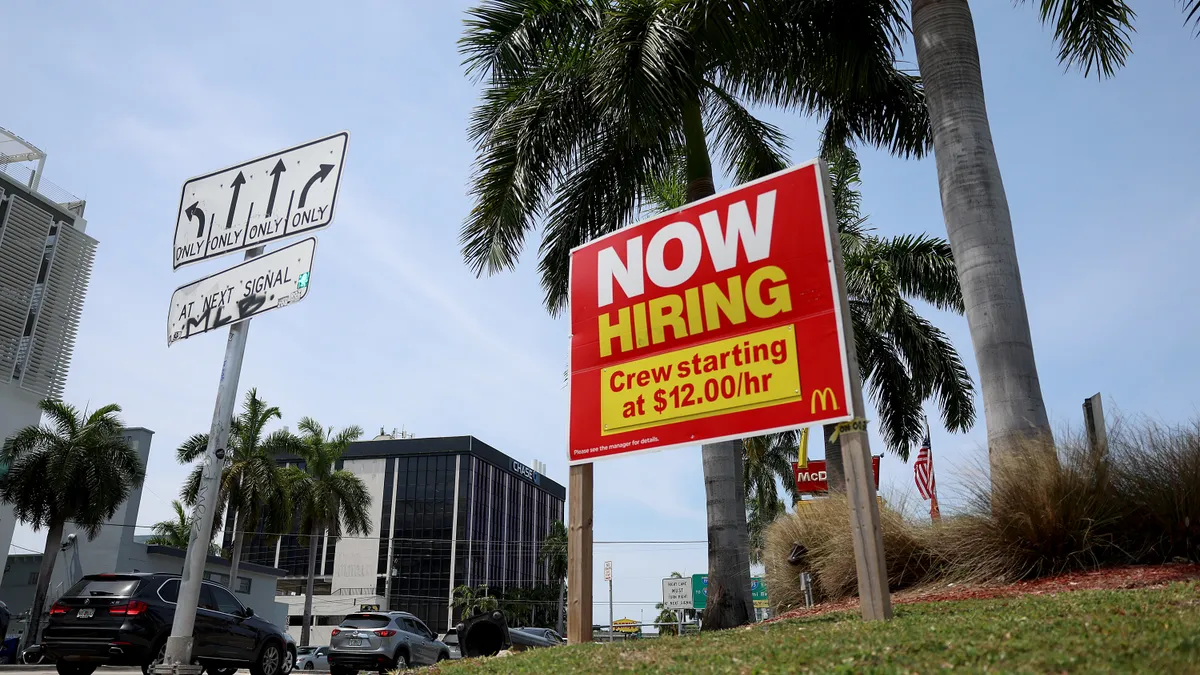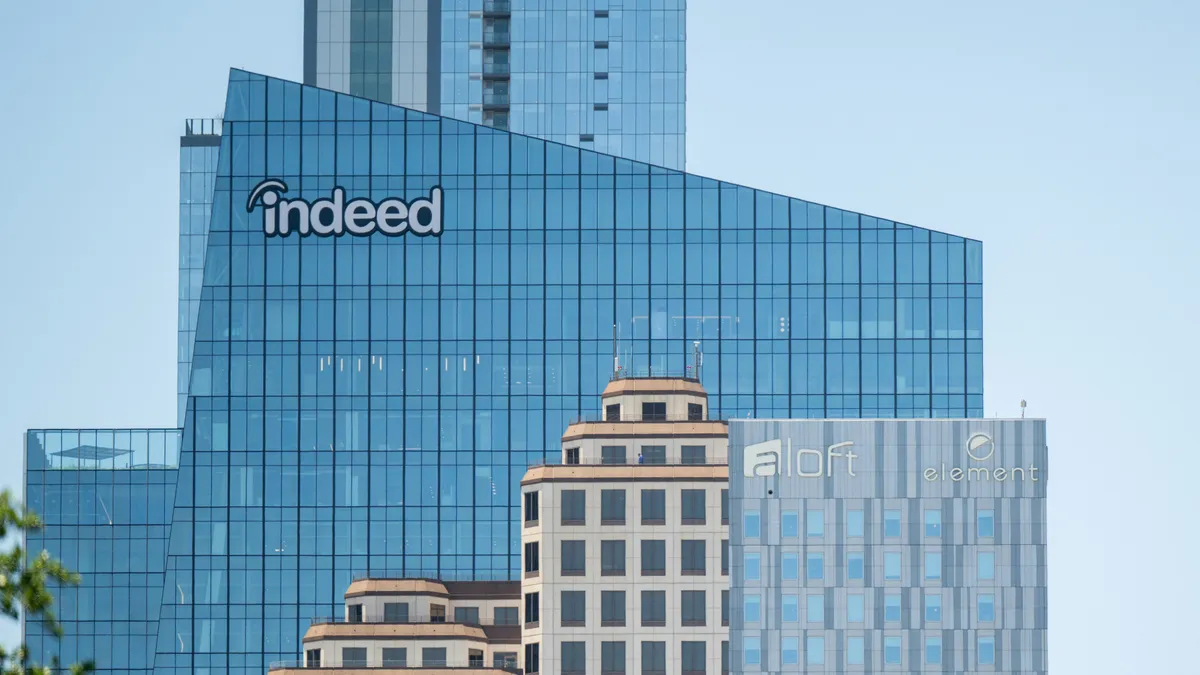Chris Dornfeld is VP and head of Maritz Employee Experience, which works with companies around the globe to design recognition programs, engage employees and build cultures that attract, engage and retain top talent. The views expressed here are the author's own.
Employee reward and recognition programs seem simple enough: an employee does something good, such as helpfully collaborate on a task or go above and beyond to make a project successful, and someone notices. That someone (likely a peer or manager) recognizes the employee, who, in addition to the praise, may receive points redeemable for rewards. The idea is that he or she is inspired to replicate the behavior that produced the good outcome. Not a bad deal.
This arrangement might lead you to believe — especially if you’re charged with designing and implementing an employee recognition program — if we build it, they will come, right?
And in a general sense, yes, they will. Yet little about motivating human performance is truly simple. Here’s the question that rests at the heart of every such effort: Why do people do the things they do?
This answer is often the difference between checking the box of “having a recognition program” and maintaining one that actually shapes behaviors, improves culture and ultimately makes the company successful.
It’s the question the discipline of behavioral science is always attempting to answer, for each person in each unique situation. And it’s the tested and time-honored principles of behavioral science, properly applied, that drive recognition program success.
To that end, let’s take a look at three recent client examples illustrating the importance of structuring programs on this solid foundation.
Healthcare: Jump right in.
Shared identity is one of the more interesting behavioral science principles because it can work on multiple levels at the same time. In the context of a recognition program, the sharing begins with the values espoused in the company mission, which are reflected by inclusion in the recognition program, which in turn are extended to employees.
How does this work? At the risk of getting a little nerdy with the neuroscience, some scientists believe the key may be related to mirror neurons. Mirror neurons are found in a few critical areas of the brain, and they activate when you experience something or witness someone else experience something. This biological reaction connects to how we identify with people brands and values. When we think about others for the purpose of identifying with them, we’re using the same brain machinery as when we think about ourselves.
Here’s how shared identity can come into play: Aiming to introduce new hires to company values such as collaboration and celebrating success, a healthcare firm encouraged new employees to immediately immerse themselves in the recognition program. Following a descriptive email, new-hire visits to the site jumped 22%, inspiring the company to send similar emails every quarter.
When new hires see the company promoting admirable goals and values — and fellow employees living out those values — they can have the same emotional and cognitive reaction as if they were experiencing it themselves. Employees will internalize these values, forming a shared identity with the company, its mission and each other.
Moral of the story: Provide your employees with opportunities to do what they already want to do — discover and identify with common values.
Financial services: Get with the (new) program.
To paraphrase a once-popular song, it doesn’t make any difference what anyone says; nobody likes to be alone. Regardless of how it may sometimes appear, making social connections is an innate human need, and no less so at work than outside of work.
This principle is known as social rewards. Studies cited to establish this principle involve demonstrating that the acquisition of a good reputation activates the “reward center” in the brain, which overlaps with areas activated by monetary rewards. In other words, non-monetary rewards, such as social recognition, activate pathways associated with positive emotions the same way a cash gift does.
Here’s how this can look at work: Hoping to familiarize employees with a new platform, a financial services provider encouraged workers to issue at least five recognitions per week. The result was a 500% increase during the one-month campaign.
The principle of social rewards accounts for the huge boost. In this important sense, the reward experienced by the employee doesn’t have to involve redeemable points; the reward is the connection itself. Should anyone ever tell you that employees only care about rewards and not the personal recognition that inspires those rewards, they’re telling you something that simply isn’t true. The employees of the financial services provider responded not to a directive, but to the connections they were making with one another.
Moral of the story: Provide your employees with opportunities to do what they already want to do — connect with each other.
Hospitality: Collect at this window.
There are many aspects to a fulfilling and purposeful employee experience, but first among equals may be the need for making progress. Even assembly-line workers, engaged in similar labor day after day, need to know their efforts are moving toward something. A subset of progress is the behavioral science principle of progress feedback.
This principle involves memory. Progress feedback pulls information that may have been unconsciously diverted into long-term memory back into focus. Reminders make that information more accessible and easily retained, as demonstrated by — more wonky brain stuff — Ebbinghaus’ Learning Curve. The curve describes the relationship between retaining learned information and the frequency of reminders.
Here’s how this works: One hospitality organization observed that rewards were never redeemed. While there’s intrinsic value when recognition is first provided, the potential for even greater impact (through an artifact serving as a permanent reminder) went unrealized. To ensure the workforce experienced the payoff for their hard work, the employer sent each employee a personalized email that included his or her point balance, reminding them that their efforts are appreciated. Highlighting this stored information resulted in 10,000 site visits and redemptions totaling $800,000.
Bringing rewards — the actual experience of receiving and enjoying them — to the forefront of the mind increases employee engagement and motivation. Rather than cheerfully regarding unspent points as found money, the hospitality organization wisely encouraged redemption, because the value of focused and committed employees far exceeds any rewards cost.
Moral of the story: Remind your employees to reap what they’ve sown, and always look for opportunities to remind them they’re appreciated.
Why do people do the things they do?
Employees come to work already primed to engage in the habits and behaviors recognition programs are designed to shape. Your role as an HR professional is to create a culture and environment that allows them to do so. By consciously structuring employee initiatives on proven behavioral science principles — and there are many more than those described here — you’re purposely calling upon innate instincts that have existed as long as people have been people. When you do, your programs will enjoy greater success.




















